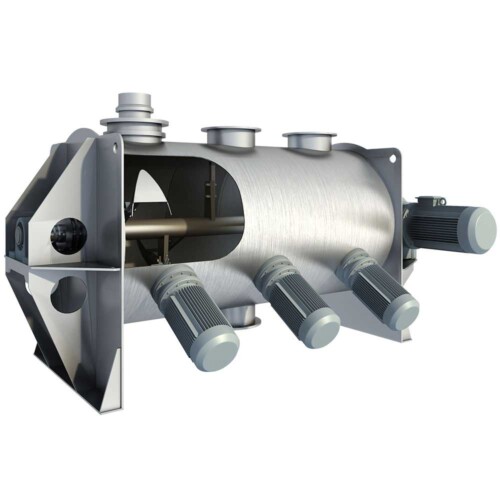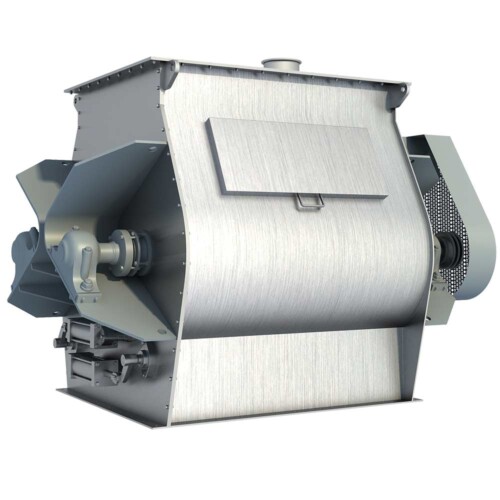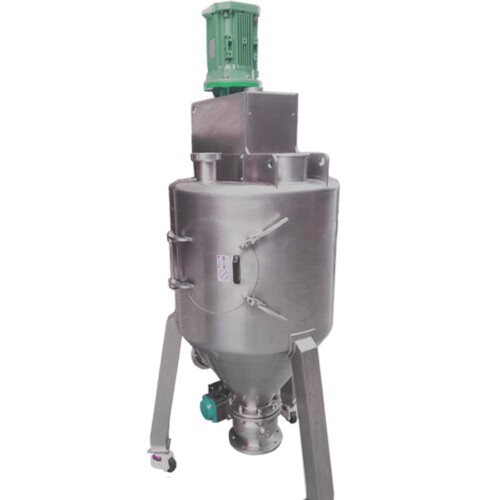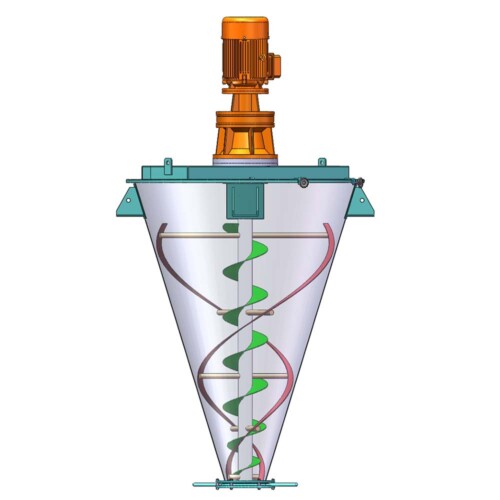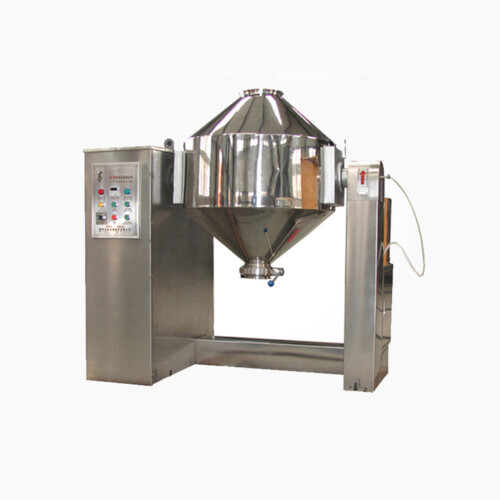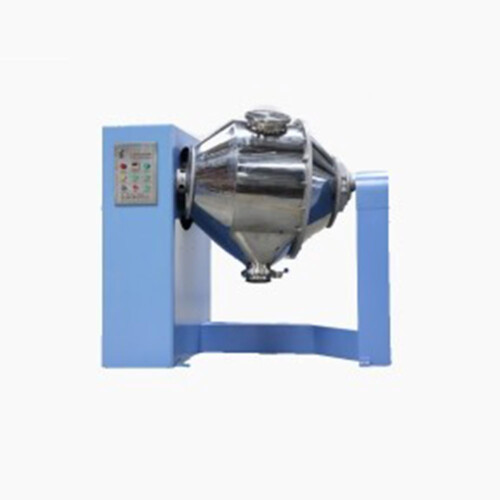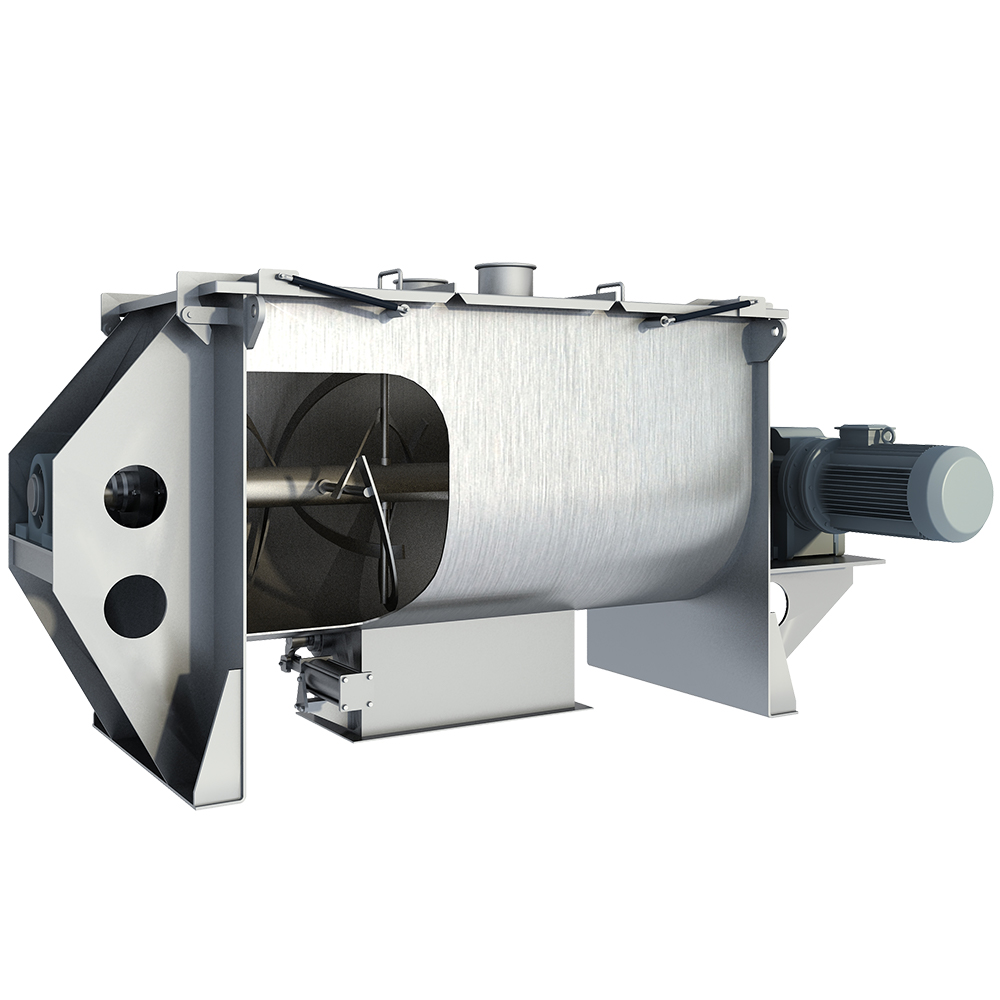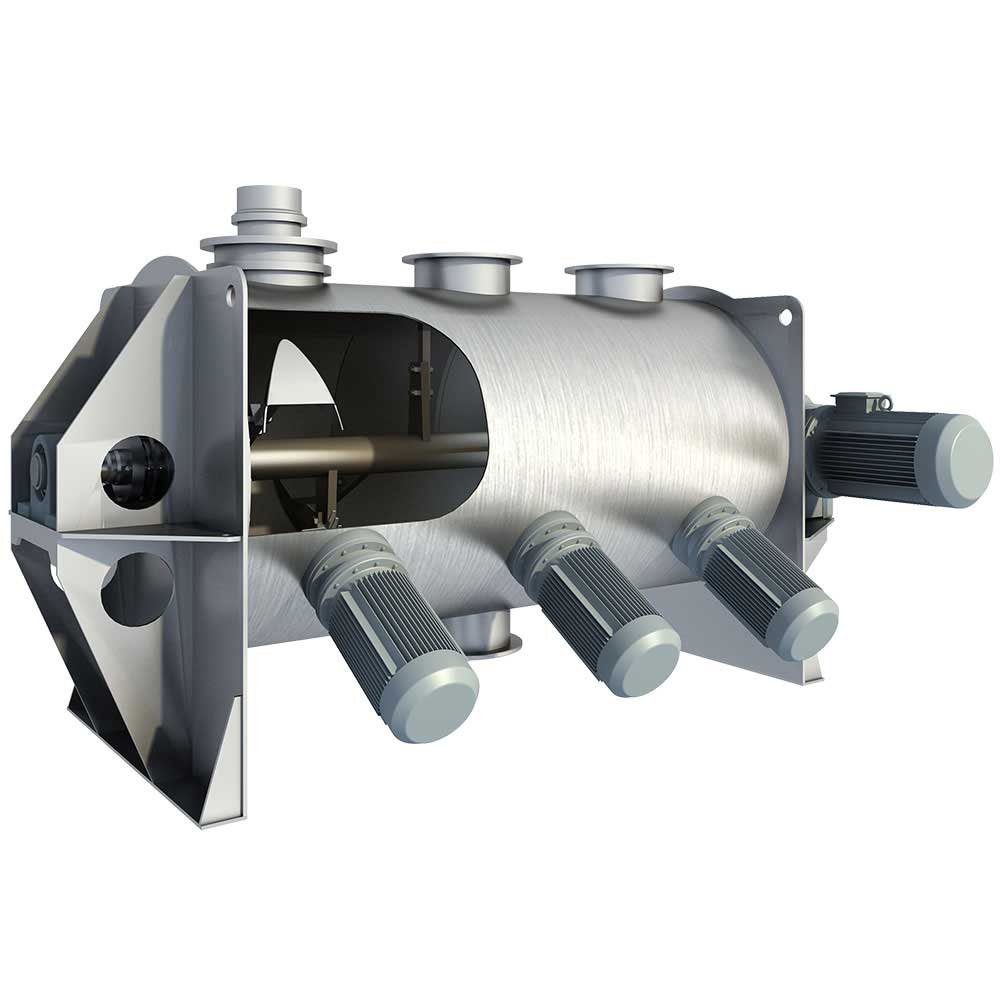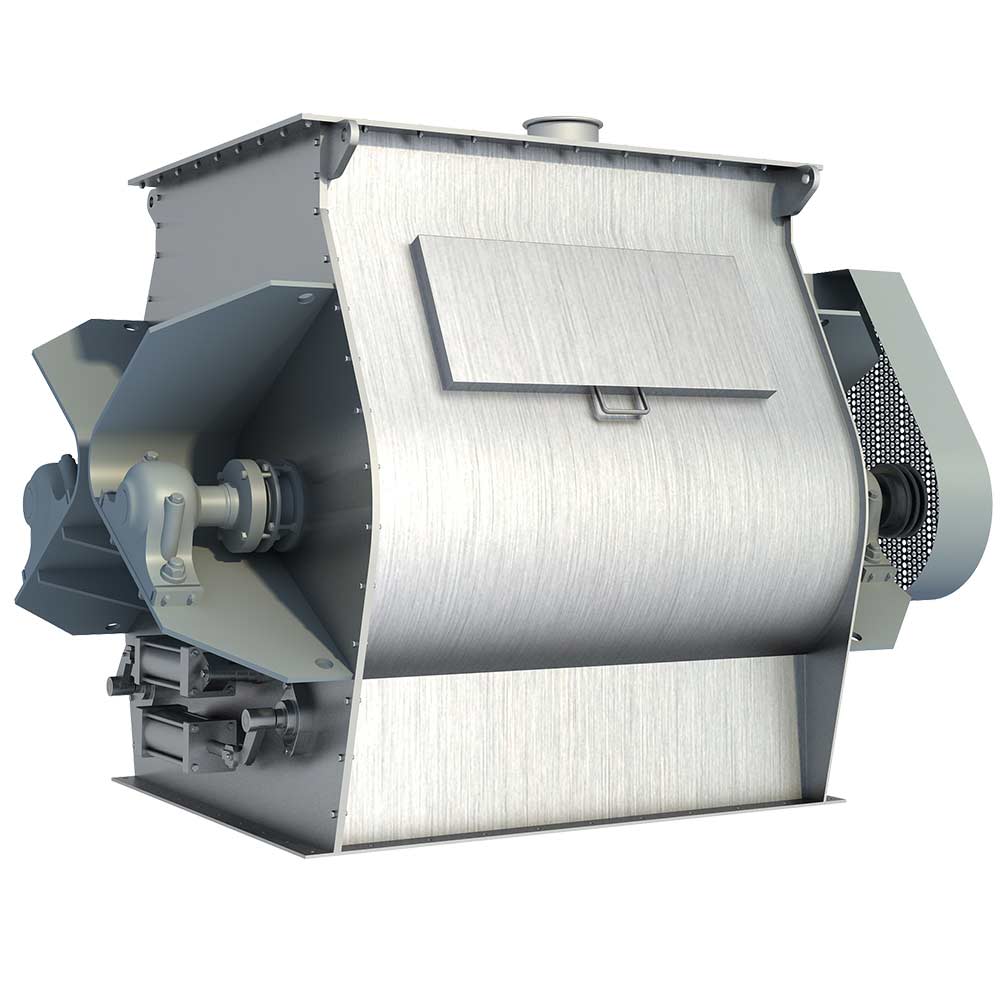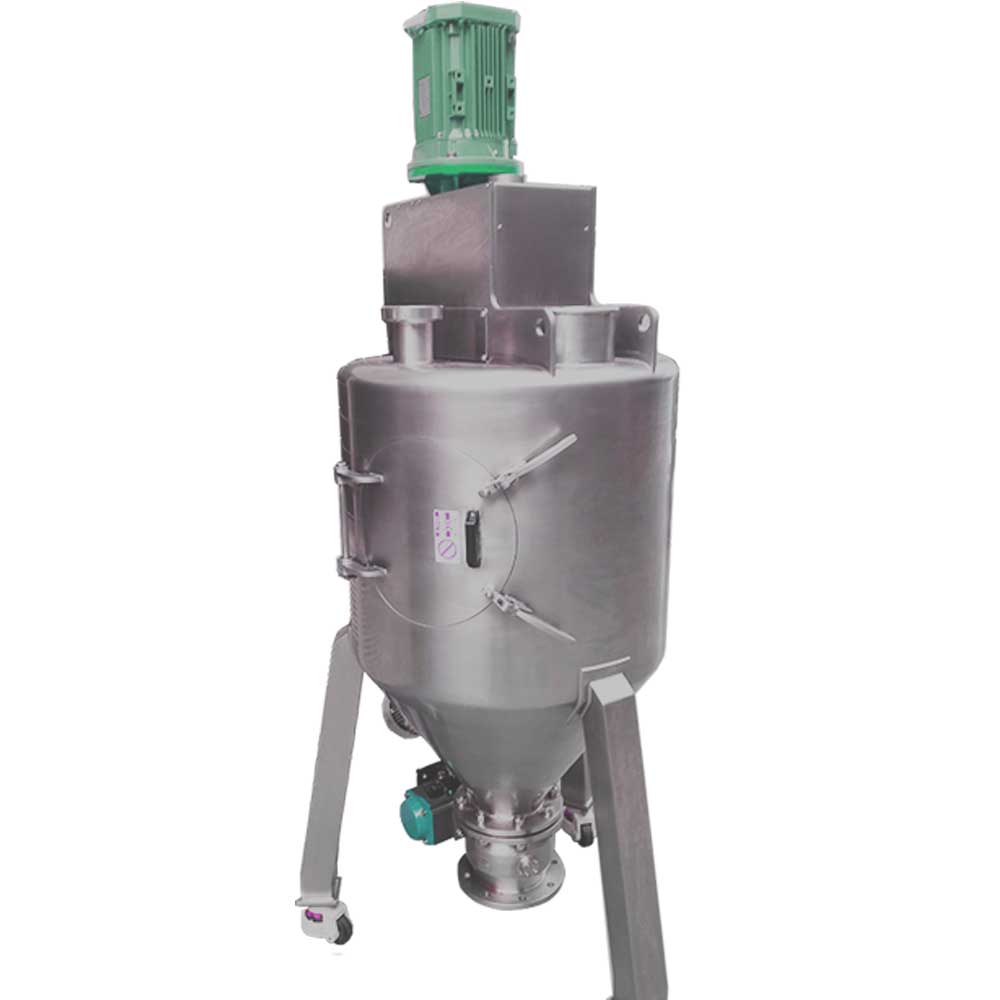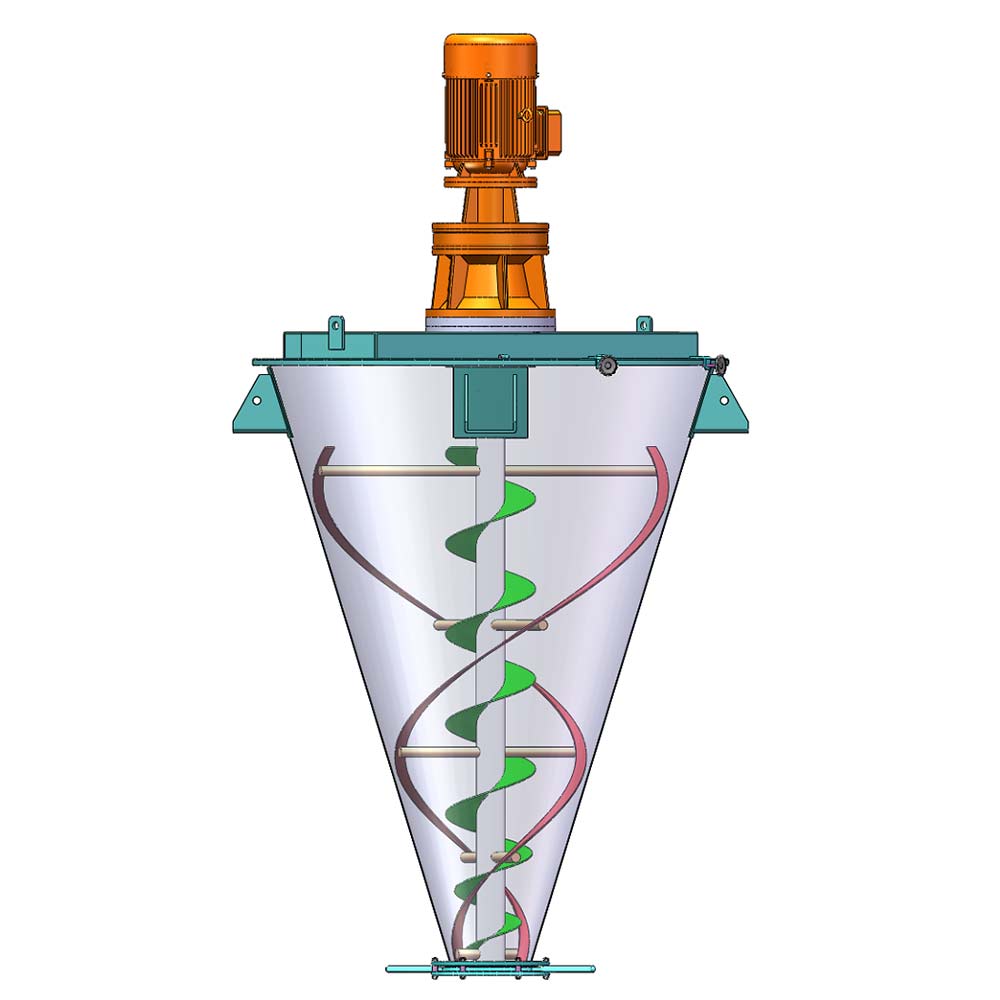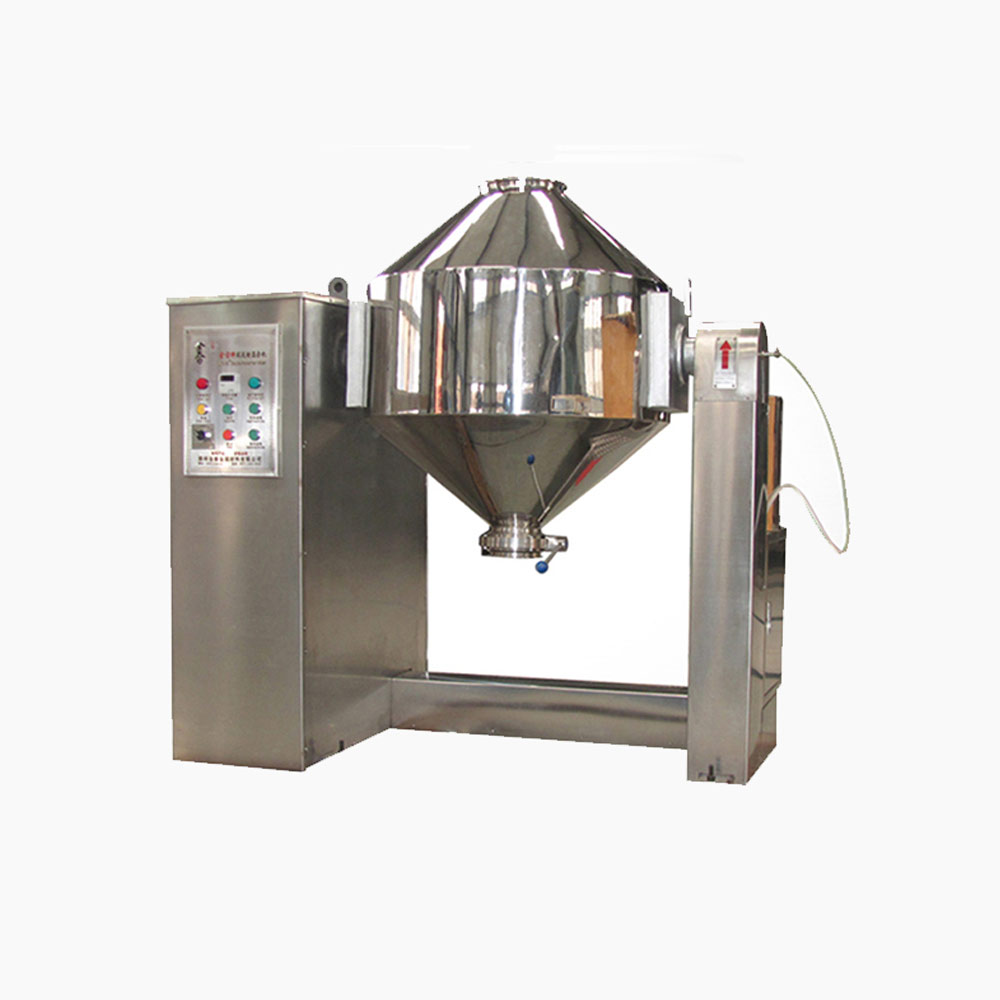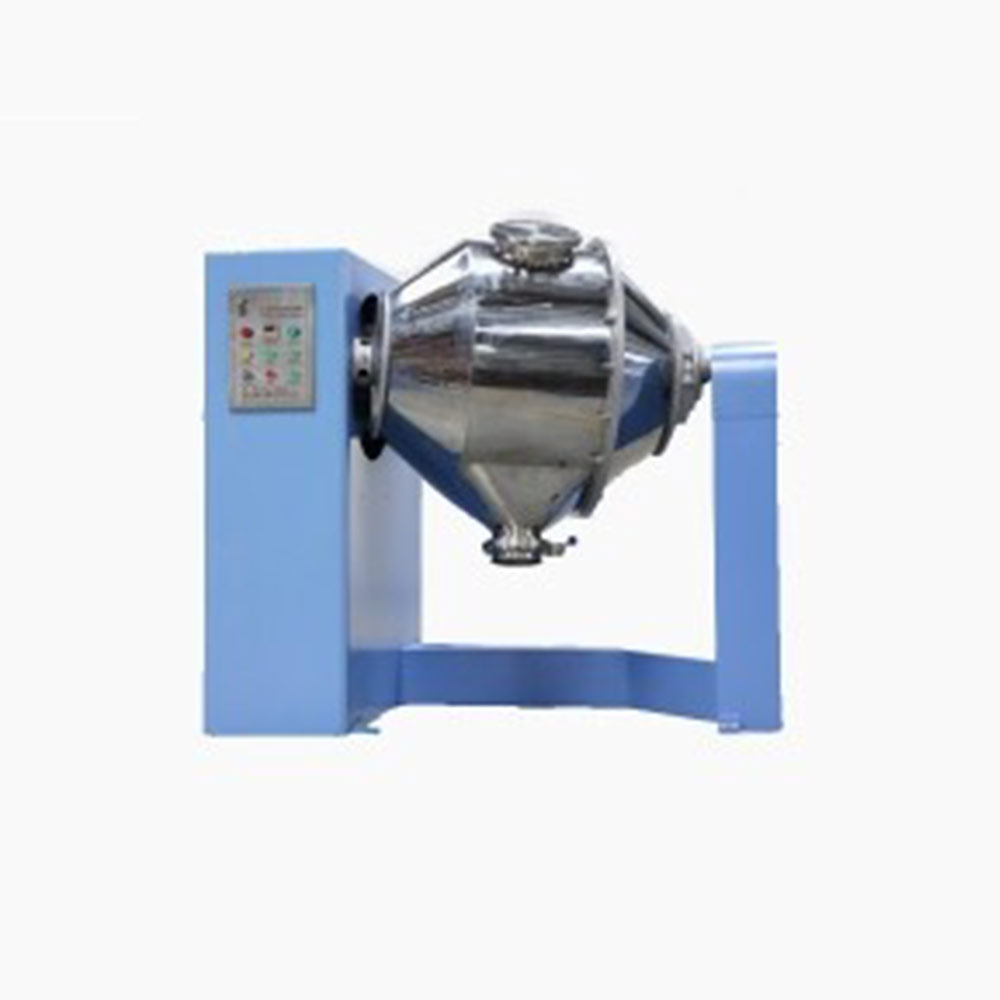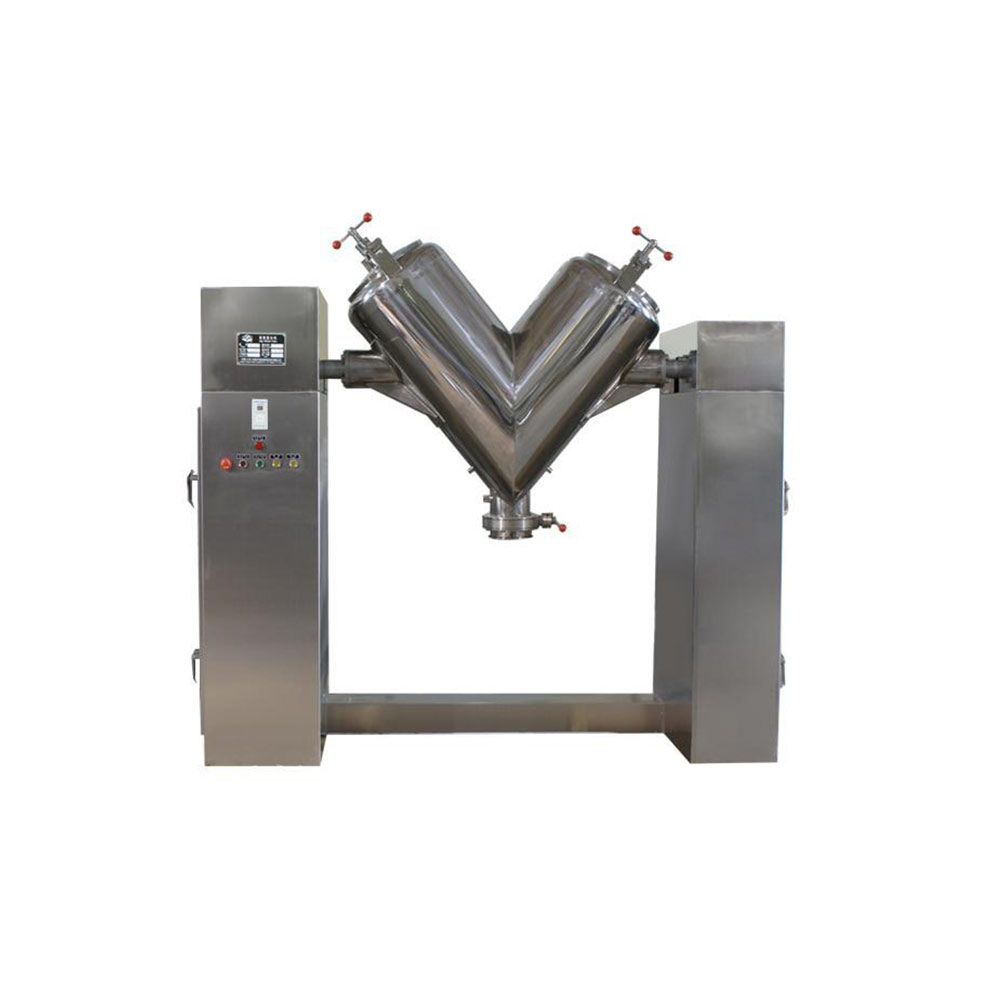Ask An Expert
Frequently Asked Questions
Yes, We can supply simple stand alone panels or automated PLC controlled systems. We normally install and test all controls on our mixers before they are shipped.
Yes, we normally test the mixers before they are shipped and mark out the wire need to connect on the control box.
We manufacture specialty mixing equipment for powder & bulk materials. Included are ribbon blender, plough mixer, conical screw mixer, twin shaft paddle mixer, V blender, double cone blender and other auxiliary equipment such as screw conveyor, quantitive auger filler.
We sell across the world, our cusotmers distribute 5 continents.
Share Us With Your Network
Why choose a vertical ribbon mixer

Ribbon blenders consist of a horizontal agitator mounted in a U-shaped mixing trough. The agitator shaft has an outer ribbon, which is located in close proximity to the trough. The pitch moves product toward the discharge opening. A second ribbon on the agitator shaft is located closer to the axis of rotation. This inner ribbon is pitched so that it motivates product in the opposite direction of the outer ribbon. Ribbon blender is capable of blending solids in very short cycle times.
The vertical ribbon mixer vessel is cone shaped and includes a single auger agitator. The auger, which has a constant diameter and pitch, is located parallel and in close proximity to the vessel sidewall. In addition to rotating on its own axis, the auger agitator is also rotated around the center axis of the vessel, which sweeps the vessel sidewall over the full circumference. The auger lifts materials from the bottom of the vessel to the top. As a result, material opposite the auger cascade down toward the bottom of the vessel to fill the void created. The type of agitation is very gentle on the materials and consumes low energy.
Tumble blenders are either double-cone- or V-shaped and rotate on a horizontal axis approximately mid-height on the vessel. With an appropriate batch volume, the contents are split every time the vessel is inverted. The speed of rotation is adjusted so the contents slide to the lower portion of the vessel as it is rotated. The V-shaped tumble blender offers a thorough and gentle mixing action that can be optimized using mathematical formulas, since the splitting of the batch is somewhat predictable.
Each of these three basic designs has comparative strengths and weaknesses. In selecting the appropriate solids blender, it is important to consider the advantages of each design and carefully select the blender that will offer the most benefit for the intended application. The first step toward making a prudent choice is to list and prioritize the characteristics and parameters that are most important to you. Some common examples include:
- Completeness of discharge.
- Ease of cleaning.
- Easily degradable solids.
- Reduction of lumps.
- Space limitations.
- Quantity of each material contained within the batch.
- Heating or cooling requirements.
- Cost.
Ask An Expert


